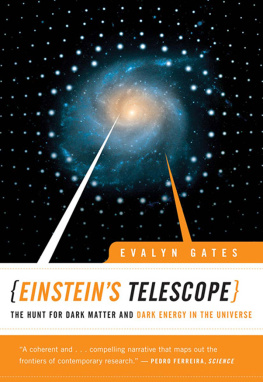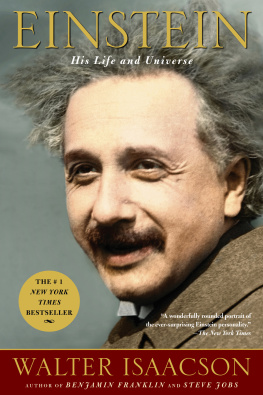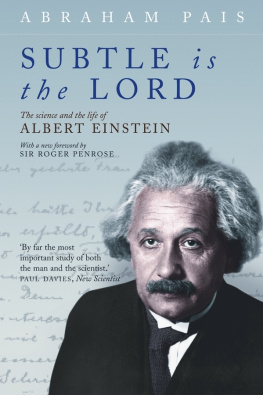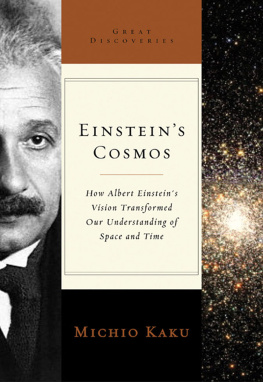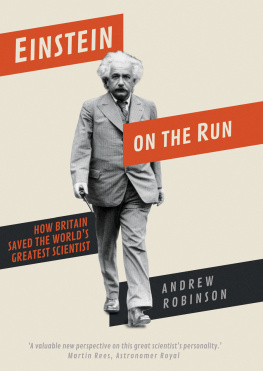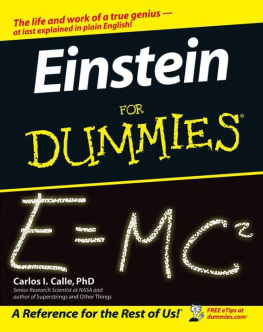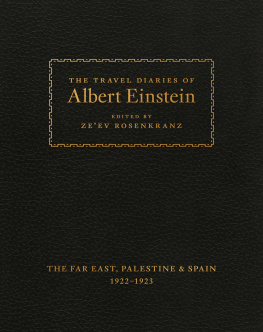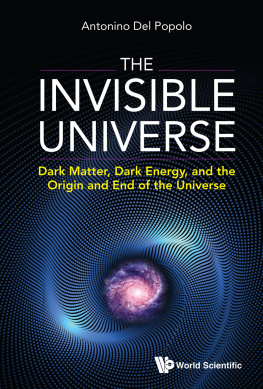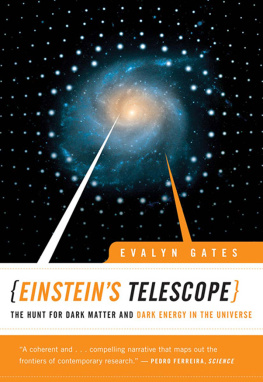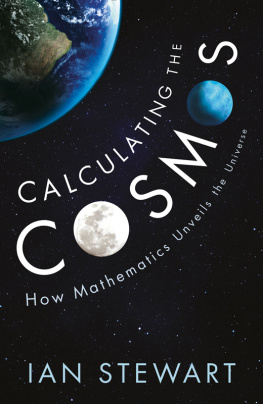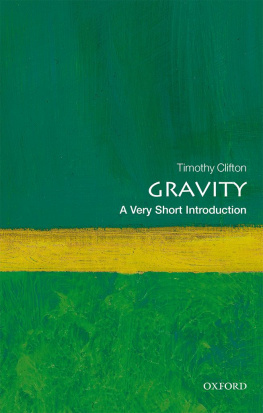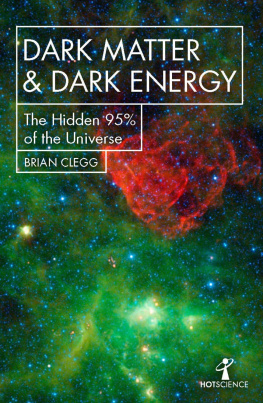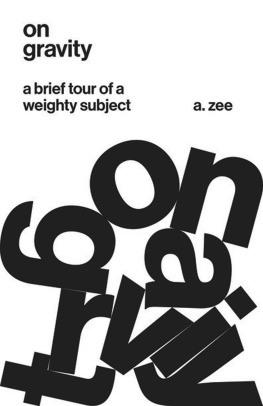Einstein Albert - Einsteins telescope : the hunt for dark matter and dark energy in the universe
Here you can read online Einstein Albert - Einsteins telescope : the hunt for dark matter and dark energy in the universe full text of the book (entire story) in english for free. Download pdf and epub, get meaning, cover and reviews about this ebook. City: New York, year: 2010, publisher: W. W. Norton & Company, genre: Children. Description of the work, (preface) as well as reviews are available. Best literature library LitArk.com created for fans of good reading and offers a wide selection of genres:
Romance novel
Science fiction
Adventure
Detective
Science
History
Home and family
Prose
Art
Politics
Computer
Non-fiction
Religion
Business
Children
Humor
Choose a favorite category and find really read worthwhile books. Enjoy immersion in the world of imagination, feel the emotions of the characters or learn something new for yourself, make an fascinating discovery.
- Book:Einsteins telescope : the hunt for dark matter and dark energy in the universe
- Author:
- Publisher:W. W. Norton & Company
- Genre:
- Year:2010
- City:New York
- Rating:5 / 5
- Favourites:Add to favourites
- Your mark:
Einsteins telescope : the hunt for dark matter and dark energy in the universe: summary, description and annotation
We offer to read an annotation, description, summary or preface (depends on what the author of the book "Einsteins telescope : the hunt for dark matter and dark energy in the universe" wrote himself). If you haven't found the necessary information about the book — write in the comments, we will try to find it.
Cutting-edge astrophysics that builds on Einsteins theories to find the unseen matter that fills the Universe.
Dark energy. Dark matter. These strange and invisible substances dont just sound mysterious: their unexpected appearance in the cosmic census is upending long-held notions about the nature of the Universe. Astronomers have long known that the Universe is expanding, but everything they could see indicated that gravity should be slowing this spread. Instead, it appears that the Universe is accelerating its expansion and that something stronger than gravity--dark energy--is at work. In Einsteins Telescope Evalyn Gates, a University of Chicago astrophysicist, transports us to the edge of contemporary science to explore the revolutionary tool that unlocks the secrets of these little-understood cosmic constituents. Based on Einsteins theory of general relativity, gravitational lensing, or Einsteins Telescope, is enabling new discoveries that are taking us toward the next revolution in scientific thinking--one that may change forever our notions of where the Universe came from and where it is going. 8 pages of color; 40 black-and-white illustrationsEinstein Albert: author's other books
Who wrote Einsteins telescope : the hunt for dark matter and dark energy in the universe? Find out the surname, the name of the author of the book and a list of all author's works by series.

